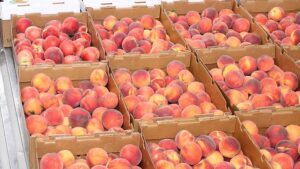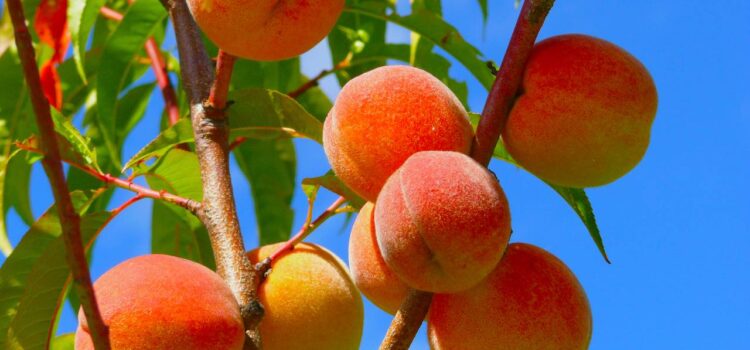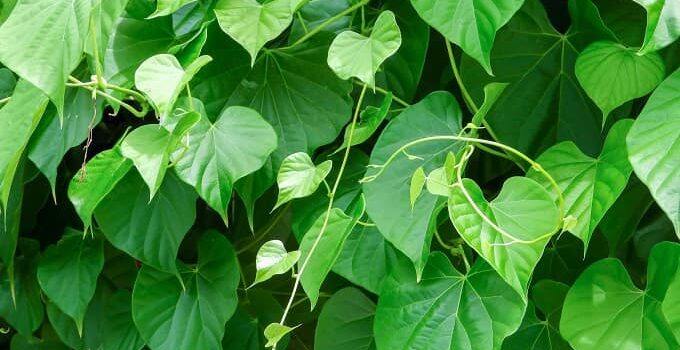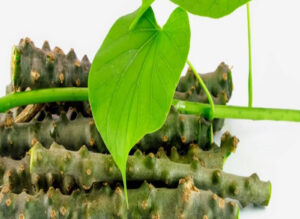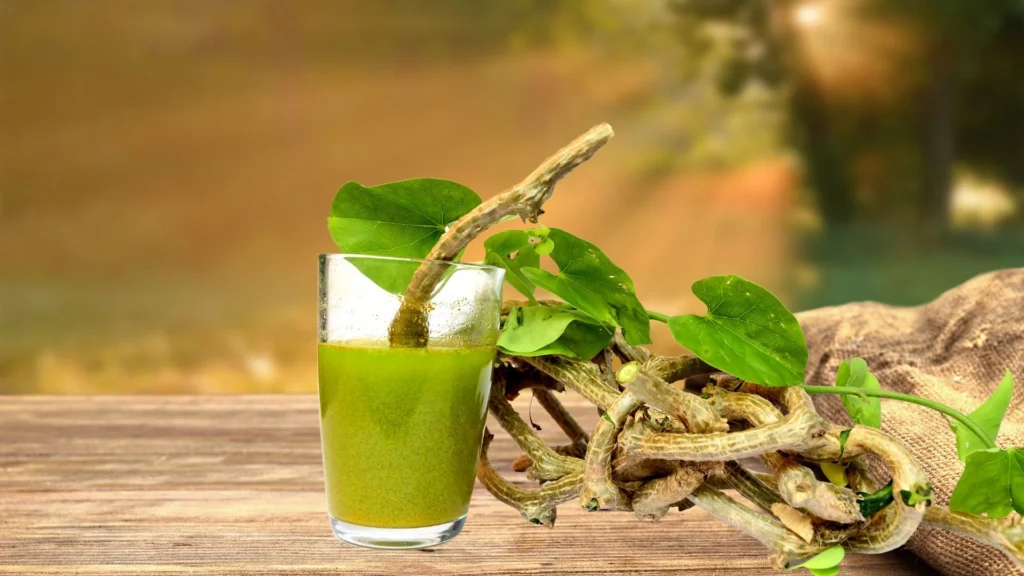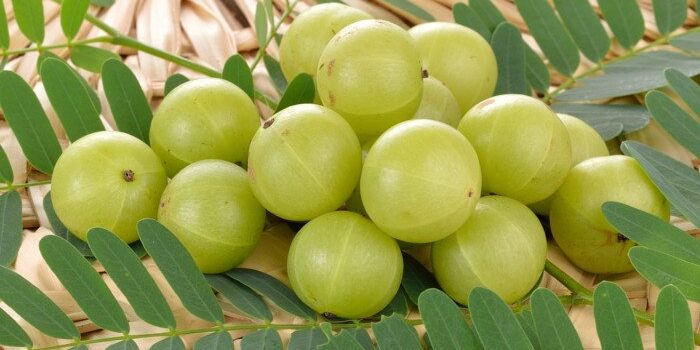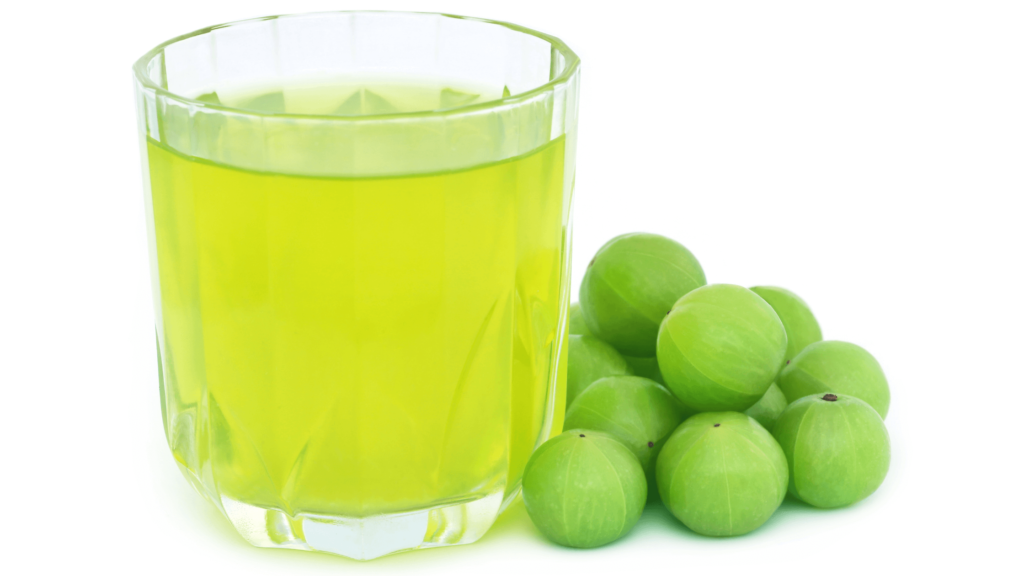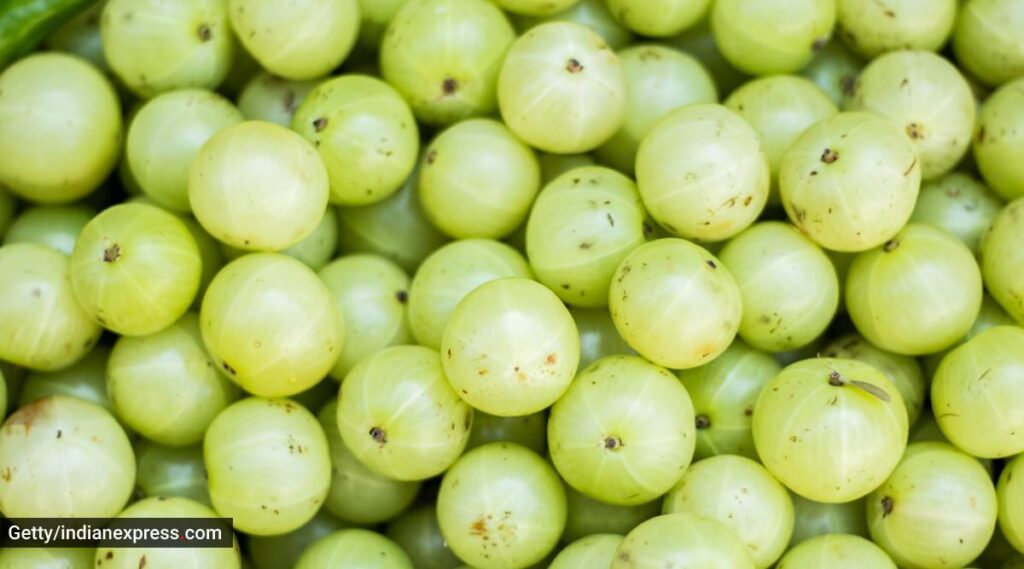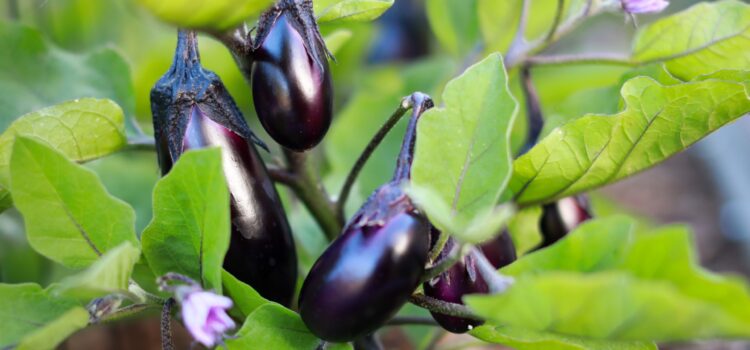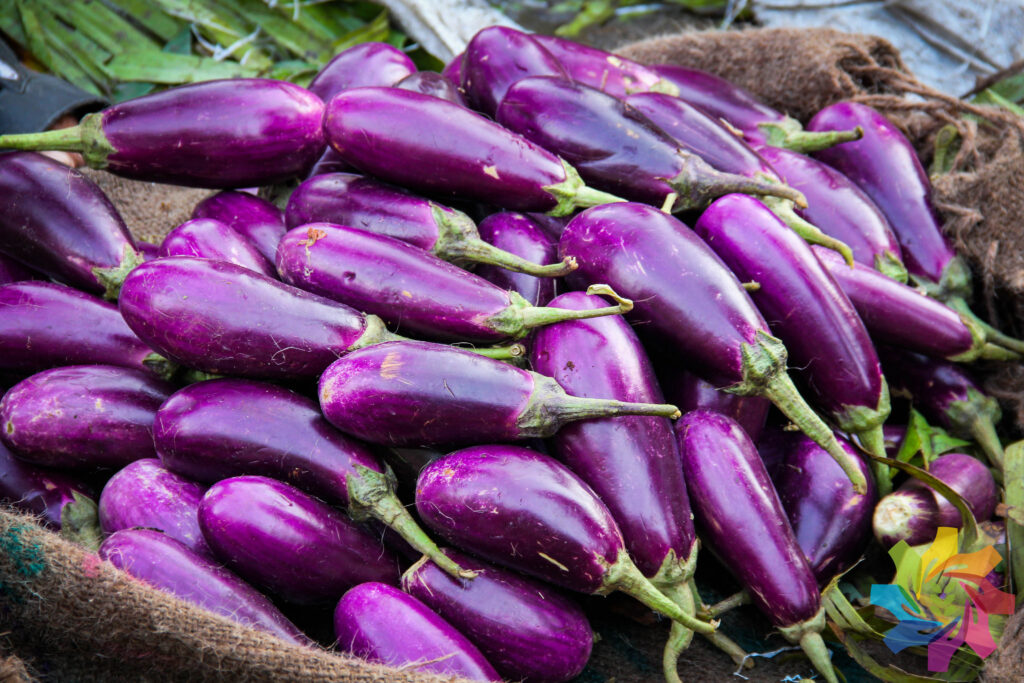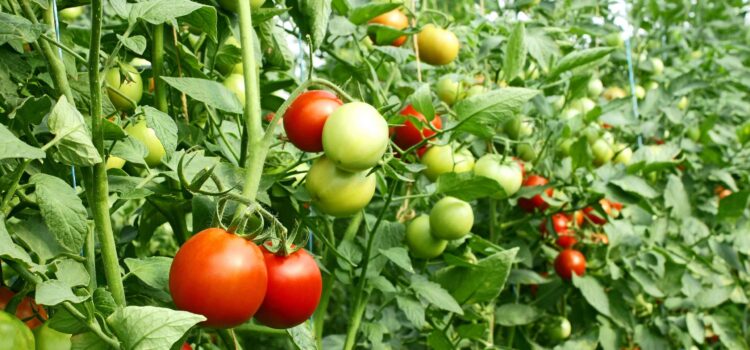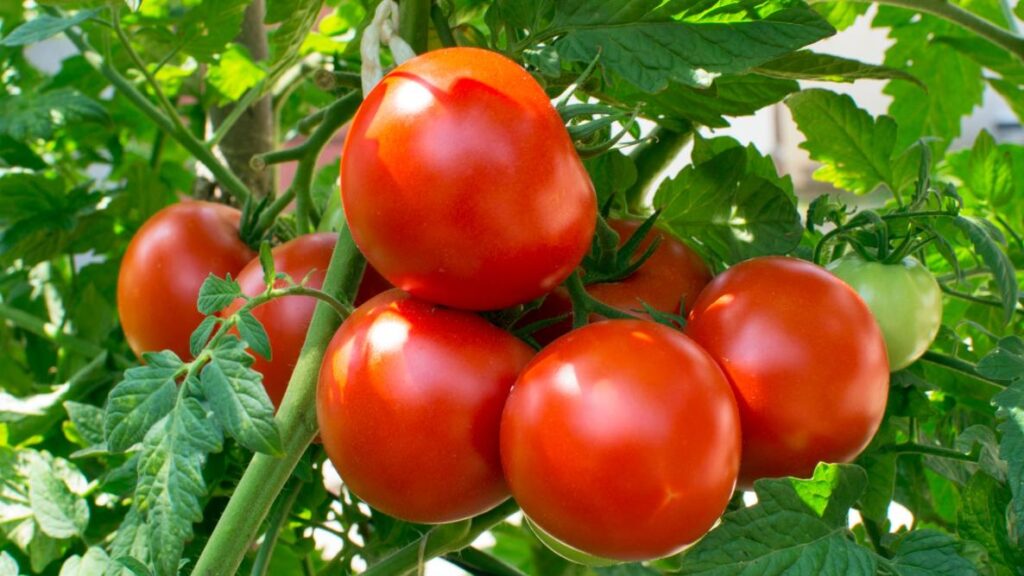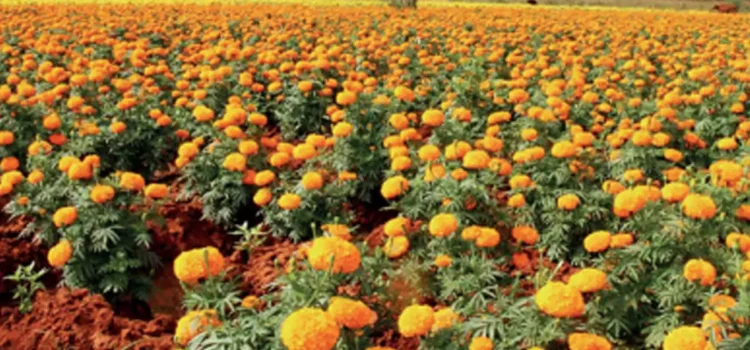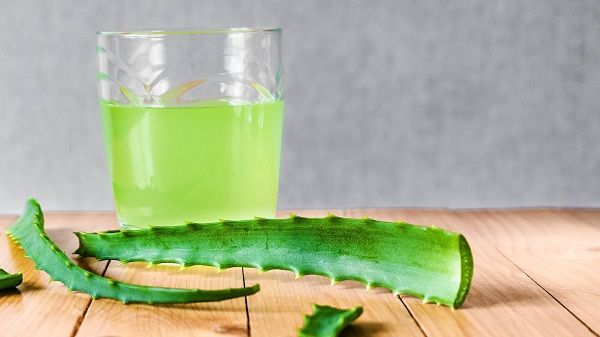The Peach Cultivation, Disease Management, Harvesting & Sales
Peaches are a type of fruit that belong to the Prunus genus and are known for their fuzzy skin, sweet and juicy flesh, and characteristic aroma. They are native to Northwest China and have been cultivated for thousands of years. Peaches are widely popular and enjoyed in various culinary preparations, including desserts, jams, and savory dishes.
Peach is mostly cultivated in the temperate zone in the colder region, mainly on the hilly areas such as J & K, Meghalaya, Uttarakhand, Sikkim, etc. Meghalaya cultivate and produced the most throughout the India. Here are some key points about peaches: The cultivation of peaches involves several important factors, including suitable climate, soil conditions, planting, care, and harvesting. Here are the key aspects of peach cultivation:
Cultivation of Peach
1. Climate:
Peaches thrive in temperate regions with moderate winters and warm summers. They require a chilling period during winter to break dormancy and promote flower bud development. The number of required chilling hours varies depending on the peach variety.
2. Site Selection:
Choose a location with full sun exposure, as peaches require at least six to eight hours of direct sunlight each day. Good air circulation helps prevent diseases, so avoid planting in areas prone to frost pockets or stagnant air.
3. Land Preparation
For growing peaches, dug a pit having dimensions 0.75 m x 0.75 m x 0.75 at about 5 m apart from each other. Then, add about 25 kg of farmyard manure along with 150 gm of Urea, 150 gm of MOP, 300 gm of SSP, and 50 gm of chlorpyriphos to each of the prepared pits, for healthy growth of peach plants. Peaches prefer well-drained soil that is rich in organic matter. A pH level between 6.0 and 7.0 is ideal for optimal growth. Avoid heavy clay soils that can retain excessive moisture and potentially harm the roots.
4. Planting:
Plant peach trees in early spring, after the danger of frost has passed. Dig a hole that is wide and deep enough to accommodate the root system. Place the tree in the hole, ensuring the bud union (the swollen area at the base of the trunk) is slightly above ground level. Backfill the hole with soil, gently firming it around the roots.
5. Watering and Fertilization:
Provide regular watering to establish young trees and ensure adequate moisture throughout the growing season. Avoid overwatering, as peaches are susceptible to root rot. Fertilize the trees with a balanced fertilizer according to the specific requirements of the soil and the stage of tree growth.
For Peach farming, FYM (Farm Yard Manure) and fertilizers play an important role in providing essential nutrients to the plants. Here are some general guidelines for FYM and fertilizer dosages for Peach farming:
-
Farm Yard Manure (FYM):
- Apply well-decomposed FYM during soil preparation or before planting.
- The recommended dosage is around 20-25 tons per hectare (or 8-10 tons per acre).
- Spread the FYM evenly across the field and incorporate it into the soil.
-
Nitrogen (N) Fertilizers:
- Apply nitrogen fertilizers in split doses throughout the growing season.
- In the first year after planting, apply 60-70 grams of nitrogen per tree in three split doses.
- For mature trees, apply 150-200 grams of nitrogen per tree in three split doses.
-
Phosphorus (P) Fertilizers:
- Apply phosphorus fertilizers during soil preparation or before planting.
- The recommended dosage is around 300-400 grams of phosphorus per tree.
- Incorporate the phosphorus fertilizer into the soil around the base of the tree.
-
Potassium (K) Fertilizers:
- Apply potassium fertilizers during soil preparation or before planting.
- The recommended dosage is around 300-400 grams of potassium per tree.
- Spread the potassium fertilizer evenly around the drip line of the tree.
6. Pruning:
Pruning is crucial for peach trees to maintain an open shape, improve air circulation, and promote fruit production. Prune during the dormant season to remove dead, damaged, or diseased branches and to control the tree’s size.
7. Pest and Disease Management:
Common pests that affect peaches include aphids, peach borers, and mites. Implement integrated pest management practices, such as using insecticidal soaps or horticultural oils. Diseases like peach leaf curl, brown rot, and bacterial spot can be managed through proper sanitation, regular inspection, and, if necessary, application of appropriate fungicides.
8. Harvesting:
Peaches are usually ready for harvest in late spring or summer, depending on the variety. Harvest when the fruit reaches its mature size, has developed its characteristic color, and separates easily from the tree when gently twisted. By following these cultivation practices, peach growers can maximize the yield and quality of their peach crops. It’s important to note that specific cultivation techniques may vary depending on the region, climate, and peach variety being grown. Local agricultural extension services or horticultural experts can provide more detailed guidance tailored to specific growing conditions.

Different Types of Peaches:
There are 41 types of peaches occurred.
- Clingstone Peaches
- Clingstone Varietal Peaches
- Donut Peaches
- Freestone Peaches
- Freestone Varietal Peaches
- Melting Flesh Peaches
- Nectarines
- Non-Melting Flesh Peaches
- Peento Peaches
- Semi-Freestone Peaches
- White Flesh Peaches
- Yellow Flesh Peaches
- Arctic Supreme Peaches
- August Pride Peaches
- Babcock Peaches
- Baby Crawford Peaches
- Cardinal Peaches
- Cherokee Peaches
- Coconut Ice Peaches
- Contender Peaches
- Cresthaven Peaches
- Early Amber Peaches
- El Dorado Peaches
- Elberta Peaches
- Forty-Niner Peaches
- Frost Peaches
- Ghiaccio Ice Peaches
- Halloween Peaches
- Honey Babe Peaches
- Madison Peaches
- Melba Peaches
- Polly Peaches
- Red Baron Peaches
- Redhaven Peaches
- Reliance Peaches
- Rio Grande Peaches
- Snow Beauty Peaches
- Southern Sweet Peaches
- Tropic Snow Peaches
- Ventura Peaches
- White Heath Cling Peaches
Nursery Preparation of Peach Plant
Preparing a nursery for peach plants involves several steps to ensure the healthy growth of the seedlings before they are transplanted into the field. Here is a general guide to nursery preparation for peach plants:
1. Seed Selection:
Choose high-quality peach seeds from a reliable source or obtain them from healthy, disease-free fruit. Select seeds from desirable peach varieties known for their good taste, yield, and suitability to your local climate.
2. Seed Treatment:
Peach seeds have a hard outer shell that can inhibit germination. To improve germination rates, you can scarify the seeds by gently rubbing them with sandpaper or soaking them in warm water for a few hours before planting. This helps to break the seed coat and promote germination.
3. Seed Sowing:
Fill nursery trays or seedling pots with a well-draining potting mix. Make sure the medium is loose and fertile. Plant the treated seeds at a depth of about 1 inch (2.5 cm) in the soil. Space the seeds evenly in the trays or pots, leaving enough room for each seedling to develop.
4. Watering:
After sowing the seeds, water the trays or pots thoroughly to ensure good soil moisture. Maintain consistent moisture throughout the germination period, but avoid overwatering, as excessive moisture can cause rotting.
5. Germination and Growth:
Place the trays or pots in a warm and well-lit area, such as a greenhouse or a sunny windowsill. The optimal temperature for germination is around 70 to 85°F (21 to 29°C). Keep the soil consistently moist but not waterlogged.
6. Transplanting:
When the seedlings have developed their first set of true leaves and are about 4 to 6 inches (10 to 15 cm) tall, they are ready for transplanting. Carefully remove the seedlings from the trays or pots, taking care not to damage the delicate roots. Transplant them into larger containers or nursery beds with well-prepared soil.
7. Nursery Care:
Provide adequate sunlight, water, and nutrition to the peach seedlings in the nursery. Regularly monitor for pests and diseases and take appropriate measures if necessary. Prune the seedlings to promote a strong and balanced framework of branches.
8. Harden Off:
A few weeks before transplanting the seedlings into the field, gradually expose them to outdoor conditions to help them adapt. This process, known as hardening off, involves gradually increasing the seedlings’ exposure to direct sunlight, wind, and outdoor temperatures. By following these steps, you can establish healthy peach seedlings in the nursery, which will be ready for transplantation into the field when the appropriate planting time arrives. It’s worth noting that specific nursery practices may vary depending on factors such as local climate, soil conditions, and available resources. Consulting local agricultural experts or extension services can provide more tailored guidance for your specific region.
Nutrition Value of Peach
Peaches are not only delicious but also offer several nutritional benefits. Here is the general nutritional value of peaches per 100 grams (3.5 ounces) of raw, edible peach flesh:
- Calories: 39
- Carbohydrates: 9.5 grams
- Fiber: 1.5 grams
- Protein: 0.9 grams
- Fat: 0.3 grams
- Vitamin A: 326 IU (6% of the recommended daily intake)
- Vitamin C: 6.6 mg (11% of the recommended daily intake)
- Vitamin E: 0.73 mg (4% of the recommended daily intake)
- Potassium: 190 mg
- Phosphorus: 11 mg
- Calcium: 6 mg
- Magnesium: 9 mg
- Iron: 0.25 mg
Peaches are low in calories and fat while providing a moderate amount of dietary fiber. They are also a good source of vitamins A and C, which are important for immune function, vision, skin health, and antioxidant protection. The vitamin E content in peaches contributes to skin health and acts as an antioxidant. Peaches are also a source of potassium, which is essential for maintaining proper heart and muscle function, as well as supporting fluid balance and blood pressure regulation. They contain small amounts of other minerals like phosphorus, calcium, magnesium, and iron. Additionally, peaches contain various beneficial antioxidants and phytochemicals, such as flavonoids, which have been associated with potential health benefits, including anti-inflammatory and anticancer properties. It’s important to note that the nutritional content of peaches can vary slightly depending on the variety, ripeness, and growing conditions. However, peaches are generally recognized as a nutritious fruit that can be enjoyed as part of a balanced diet.
Health Benefits of Peach Fruits
Peaches are not only delicious but also offer several health benefits due to their rich nutritional profile. Here are some of the health benefits associated with consuming peaches:
1. Nutrient-rich:
Peaches are packed with essential nutrients such as vitamins A, C, and E, as well as minerals like potassium and niacin. These nutrients play a vital role in supporting overall health and wellbeing.
2. Antioxidant properties:
Peaches contain various antioxidants, including vitamin C and polyphenolic compounds. Antioxidants help protect your body against free radicals, which are unstable molecules that can cause oxidative stress and damage to cells. By reducing oxidative stress, antioxidants may contribute to reducing the risk of chronic diseases like heart disease and certain types of cancer.
3. Supports immune function:
The high vitamin C content in peaches boosts your immune system by stimulating the production of white blood cells and enhancing their function. A robust immune system is crucial for fighting off infections and maintaining overall health.
4. Promotes digestive health:
Peaches are a good source of dietary fiber, which aids in healthy digestion. Fiber adds bulk to the stool, preventing constipation, and promotes regular bowel movements. Additionally, peaches contain natural compounds known as phenolic compounds that possess anti-inflammatory and antimicrobial properties, which can support gastrointestinal health.
5. Heart health:
Peaches are low in calories and contain no saturated fats, making them a heart-healthy fruit. The potassium content in peaches helps regulate blood pressure levels and may help reduce the risk of hypertension and stroke. The fiber content can also contribute to maintaining healthy cholesterol levels.
6. Skin health:
The antioxidants present in peaches, especially vitamin C, help protect your skin from damage caused by free radicals and promote the production of collagen, which is essential for skin elasticity and youthful appearance. Consuming peaches may contribute to maintaining healthy and glowing skin.
7. Eye health:
Peaches contain beta-carotene, an antioxidant that the body can convert into vitamin A. Vitamin A is essential for good vision and maintaining overall eye health. Regular consumption of peaches may help reduce the risk of age-related macular degeneration and promote healthy eyes.
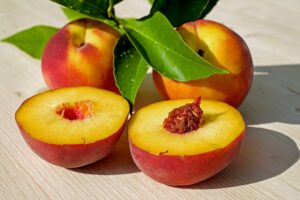
Marketing Demand of Peach
The demand for peaches can vary depending on various factors, including geographic location, seasonality, consumer preferences, and market trends. Here are some factors that can influence the demand for peaches in the market:
1. Seasonality:
Peaches are typically in high demand during their peak season, which varies depending on the region. In many parts of the world, peaches are most abundant and sought after during the summer months when they are harvested and have optimal flavor.
2. Fresh Fruit Market:
Peaches are popular in the fresh fruit market, where consumers seek out their juicy and sweet flavor. The demand for fresh peaches can be driven by factors such as consumer awareness of their nutritional benefits, their taste preferences, and the availability of high-quality, locally grown peaches.
3. Culinary Industry:
Peaches are widely used in the culinary industry for various applications, including desserts, baked goods, salads, sauces, and beverages. The demand from restaurants, bakeries, and foodservice establishments can contribute to the overall market demand for peaches.
4. Processing and Preservation:
Peaches are also in demand for processing purposes. They can be canned, frozen, dried, or made into preserves, jams, and juices. The demand for processed peach products can be influenced by factors like consumer convenience, shelf life, and the popularity of peach-flavored products.
5. Health Consciousness:
The growing awareness of health and wellness among consumers has increased the demand for nutritious and natural foods. Peaches, with their nutritional value and low-calorie content, can be appealing to health-conscious consumers looking for fresh and wholesome options.
6. Marketing and Promotion:
Effective marketing and promotion strategies can play a significant role in boosting the demand for peaches. Highlighting the taste, nutritional benefits, and versatility of peaches through advertising, social media campaigns, recipe sharing, and in-store promotions can attract consumers’ attention and generate demand.
7. Consumer Trends:
Consumer trends, such as the preference for locally sourced, organic, or sustainably grown produce, can influence the demand for peaches. Meeting these consumer preferences and certifications can help capture a niche market and cater to specific consumer segments.
8. Export and Global Demand:
Peaches are grown and exported to different countries, expanding the market demand beyond domestic consumption. Global demand for peaches can be influenced by factors like international trade agreements, import regulations, and the availability of high-quality peaches from different regions. It’s important for growers, suppliers, and marketers to stay updated on consumer preferences, market trends, and seasonal fluctuations to effectively meet the demand for peaches and capitalize on market opportunities. Market research, consumer surveys, and collaboration with retailers and distributors can help gauge and respond to the demand effectively.
Diseases In Peach and Its Management
Peach trees are susceptible to several diseases that can affect their health and productivity. Here are some common diseases in peaches along with their management strategies:
1. Peach Leaf Curl (Taphrina deformans):
-
- Symptoms: Leaves become distorted, reddish, and curled during spring.
- Management: Apply a protective copper-based fungicide during the dormant season before bud swell. Good sanitation practices, such as removing and destroying infected leaves, can help reduce the disease.
2. Brown Rot (Monilinia spp.):
-
- Symptoms: Fruits develop brown, rotting lesions with tan spore masses.
- Management: Promote good air circulation through proper pruning to reduce humidity. Remove and destroy infected fruit and plant debris. Apply fungicides during bloom and fruit development stages.
3. Peach Scab (Cladosporium carpophilum):
-
- Symptoms: Scaly lesions appear on fruit, leaves, and twigs.
- Management: Apply fungicides starting at petal fall and repeat at regular intervals. Prune trees to improve air circulation. Remove and destroy infected plant material.
4. Bacterial Spot (Xanthomonas arboricola pv. pruni):
-
- Symptoms: Dark, raised spots on leaves, fruit, and twigs.
- Management: Prune to improve air circulation and reduce humidity. Copper-based sprays and other bactericides can be applied during the growing season. Remove and destroy infected plant material.
5. Powdery Mildew (Podosphaera leucotricha):
-
- Symptoms: White, powdery coating on leaves, shoots, and fruit.
- Management: Plant resistant varieties if available. Apply fungicides as needed starting in early spring or at the first sign of symptoms. Prune trees to improve air circulation.
6. Crown Gall (Agrobacterium tumefaciens):
-
- Symptoms: Galls or abnormal growths on roots, trunk, or crown.
- Management: Use disease-free planting material. Practice good sanitation by removing and destroying infected plant material. Maintain healthy soil conditions to minimize stress factors.
Implementing an integrated pest management (IPM) approach is crucial for disease management in peach trees. This involves a combination of cultural practices, such as proper sanitation, pruning, and maintaining tree vigor, along with the judicious use of fungicides or bactericides when necessary. It’s essential to monitor your peach trees regularly for signs of disease, follow recommended spray schedules for fungicides, and consult with local agricultural extension services or experienced growers for guidance specific to your region and the prevalent diseases in your area. They can provide detailed information on disease-resistant varieties, effective fungicides, and the most suitable management practices for your specific conditions.

Harvesting and Sales of Peach
Harvesting and sales of peaches involve several important considerations to ensure the fruit is picked at the optimal stage of ripeness and delivered to the market in good condition. Here are the key steps involved in the harvesting and sales process for peaches:
Harvesting:
1. Timing:
Peaches should be harvested when they reach the proper level of maturity and are fully ripe. This timing may vary depending on the peach variety and local growing conditions. Generally, peaches are ready for harvest when they have developed their characteristic color, the fruit flesh is firm yet slightly yielding, and the fruit easily separates from the tree when gently twisted.
2. Harvesting Method:
Peaches are typically hand-picked to minimize damage to the fruit. Workers carefully select ripe peaches, gently twist them off the tree, and place them in picking containers or bins. It’s important to handle the fruit with care to avoid bruising or other damage.
3. Sorting and Grading:
After harvesting, peaches should be sorted and graded based on quality and size. This process involves removing any damaged, unripe, or overripe fruit. Peaches are then sorted into different size categories, typically based on diameter, to meet market requirements.
Sales and Marketing:
1. Packaging:
Peaches are usually packed in containers that provide protection during transportation and display well at the market. Common packaging options include clamshell containers, baskets, trays, or boxes. The packaging may also include branding, labeling, and nutritional information to attract customers.
2. Distribution:
Once packed, peaches are transported to distribution centers, wholesalers, or directly to retailers. Care should be taken during transportation to maintain proper temperature and humidity conditions to prevent fruit damage or spoilage.
3. Market Channels:
Peaches can be sold through various market channels, including wholesale markets, farmers’ markets, grocery stores, and direct-to-consumer sales. The choice of market channels depends on factors such as the scale of production, target customer base, and marketing strategies.
4. Marketing and Promotion:
Effective marketing and promotion play a crucial role in selling peaches. This can include advertising, product displays, promotional events, online marketing, and social media campaigns to create awareness and generate consumer interest in the product.
5. Quality Control:
To ensure customer satisfaction and repeat business, it is essential to maintain high-quality standards. This involves regularly inspecting and culling damaged or spoiled fruit, as well as monitoring storage conditions and shelf life.
6. Pricing:
Pricing peaches should consider factors such as production costs, market demand, and competition. Market research and understanding consumer preferences can help determine competitive pricing strategies.
7. Customer Service:
Providing excellent customer service, including friendly and knowledgeable staff, can help build customer loyalty and positive word-of-mouth recommendations. Remember, local regulations and market conditions may vary, so it’s important to consult with local agricultural authorities, agricultural extension services, or experienced growers for specific recommendations and best practices regarding harvesting and sales of peaches in your region.
